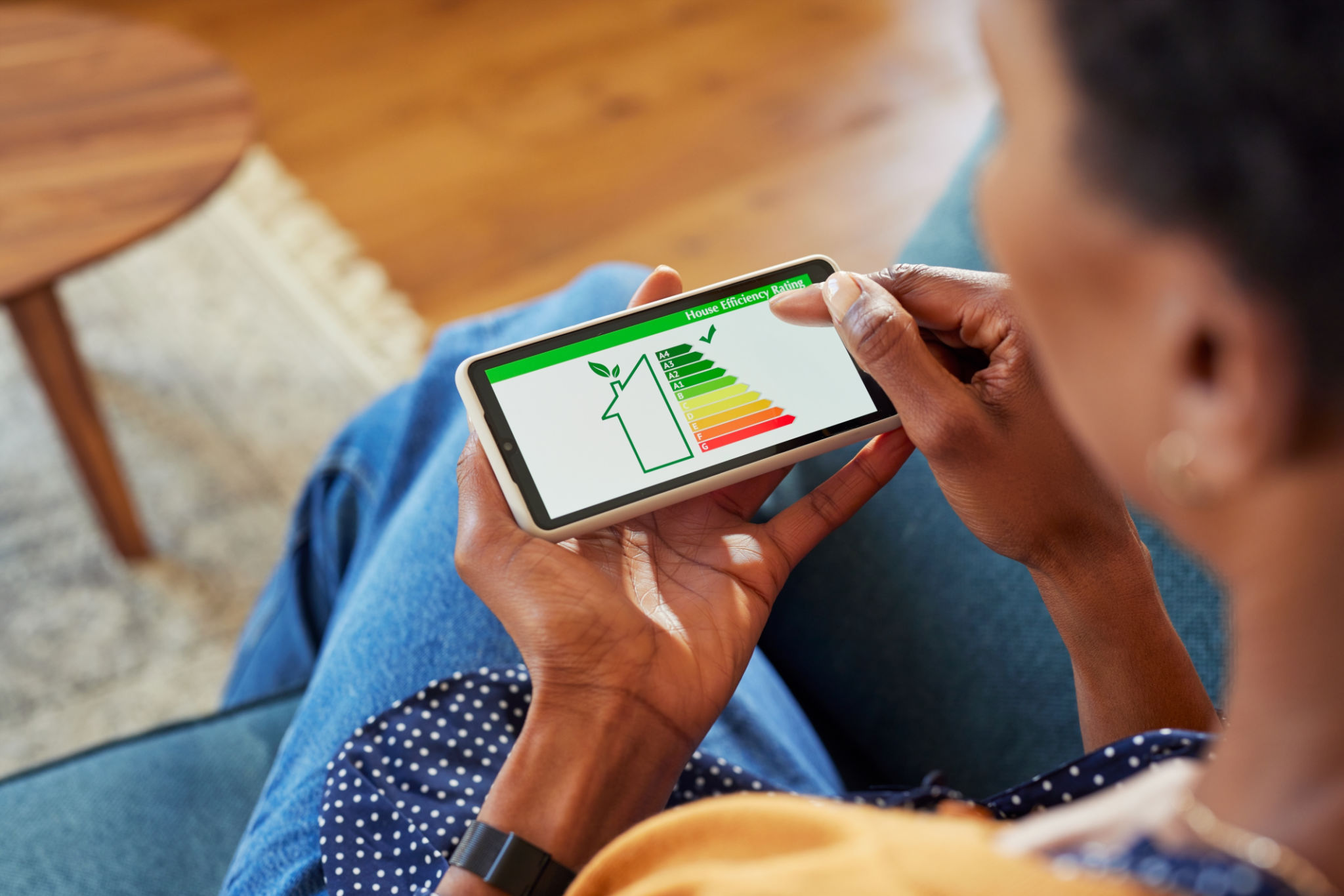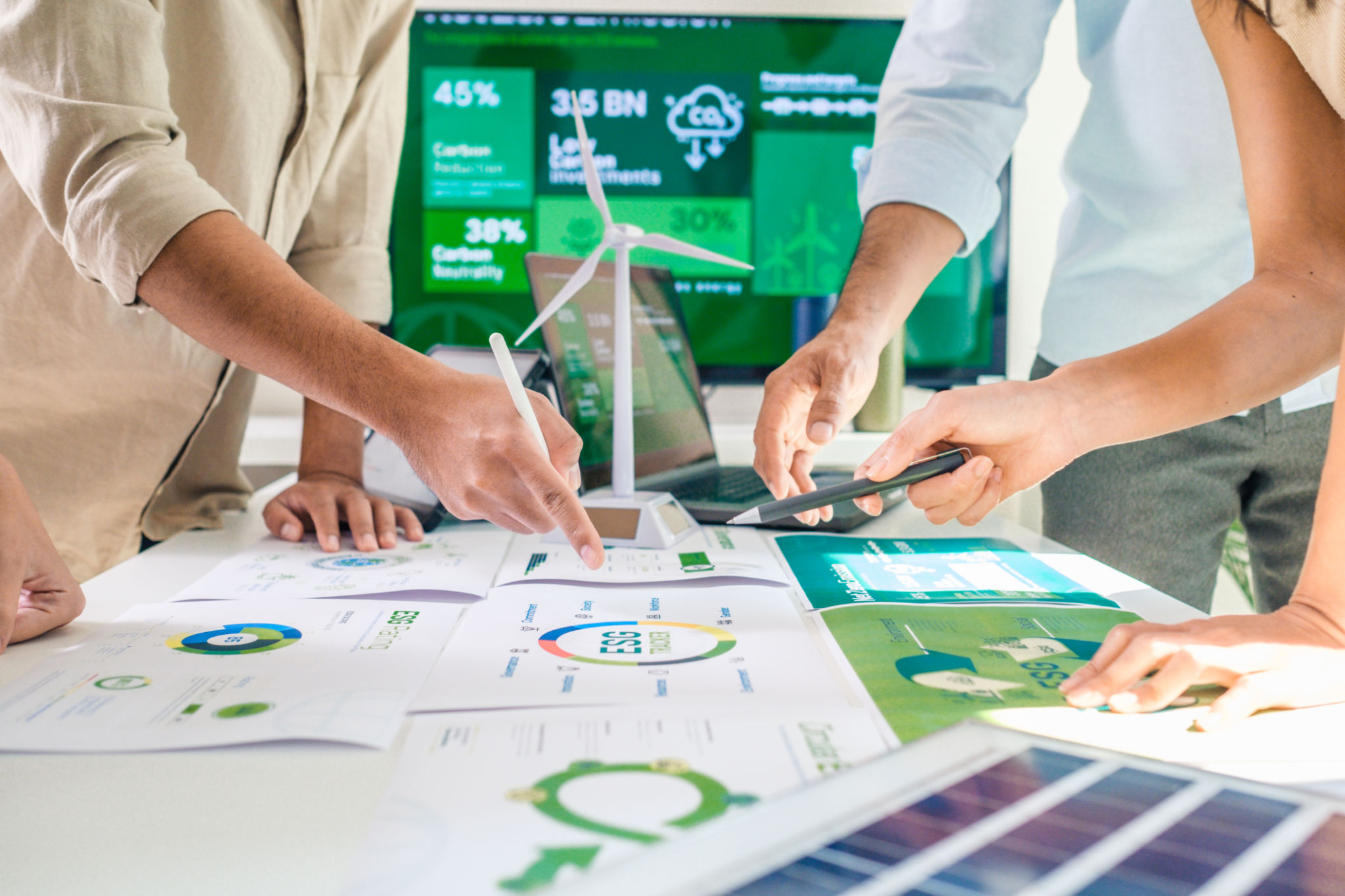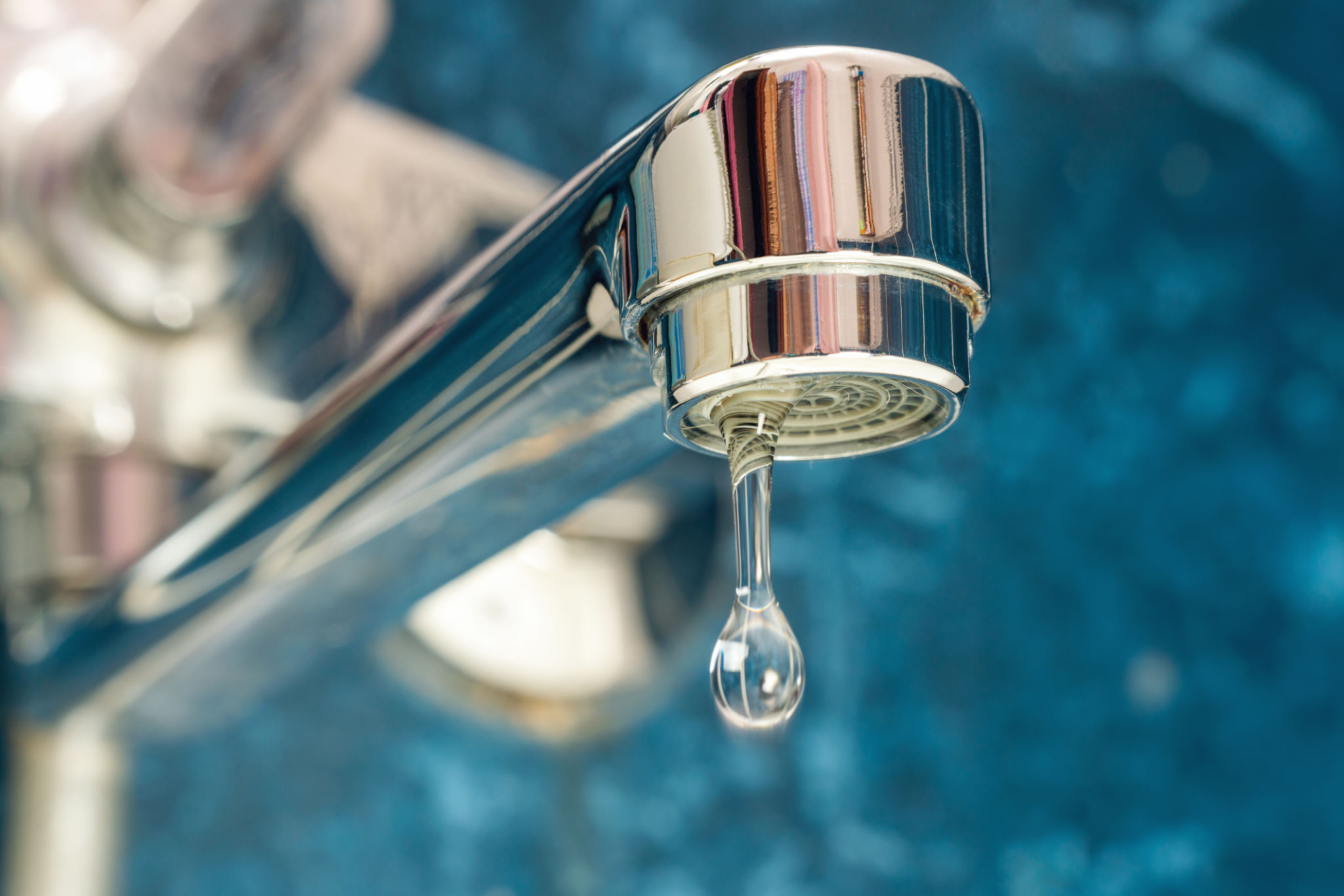Exploring Eco-Friendly Home Improvement Trends
Introduction to Eco-Friendly Home Improvements
In recent years, the push towards sustainability has permeated every aspect of our lives, including how we approach home improvement. Eco-friendly home improvements not only help the environment but also enhance the quality of life and can even lead to significant savings on utility bills. Whether you're planning a major renovation or small updates, integrating green solutions is both a responsible and rewarding choice.

Energy-Efficient Appliances
One of the simplest and most effective ways to make your home more eco-friendly is by investing in energy-efficient appliances. These appliances are designed to use less electricity and water, reducing your carbon footprint while saving you money on utility bills. Look for the Energy Star label when shopping for new appliances, as it indicates that the product meets strict energy efficiency guidelines set by the U.S. Environmental Protection Agency.
Benefits of Energy Efficiency
Energy-efficient appliances not only help reduce greenhouse gas emissions but also provide numerous benefits to homeowners. These include lower energy bills, increased home value, and often, eligibility for tax credits or rebates. By choosing energy-efficient options, you are making a smart investment in your home's future.
Sustainable Building Materials
Another trend in eco-friendly home improvement is the use of sustainable building materials. These materials are sourced responsibly and have a minimal environmental impact. Options such as bamboo flooring, recycled steel, and reclaimed wood are gaining popularity among environmentally conscious homeowners.

Choosing the Right Materials
When selecting sustainable materials, it's important to consider their durability, maintenance, and life cycle. For instance, bamboo is not only sustainable but also incredibly durable and easy to maintain. Reclaimed wood adds character and history to your home, while recycled steel offers strength and longevity. By choosing these materials, you're contributing to a more sustainable future.
Water Conservation Techniques
Water conservation is another crucial aspect of eco-friendly home improvement. Implementing water-saving techniques can significantly reduce your water usage and lower your utility bills. Simple changes, such as installing low-flow faucets and showerheads or using a rainwater harvesting system, can make a big difference.

Smart Landscaping
In addition to indoor water-saving measures, consider smart landscaping techniques to conserve water outdoors. Xeriscaping, which involves using drought-resistant plants and efficient irrigation systems, can help reduce water usage while maintaining a beautiful garden. This approach not only saves water but also reduces the need for chemical fertilizers and pesticides, further benefiting the environment.
Conclusion: Embracing a Greener Lifestyle
Exploring eco-friendly home improvement trends is more than just a passing fad; it's a commitment to a sustainable lifestyle. By incorporating energy-efficient appliances, sustainable materials, and water conservation techniques into your home, you are taking meaningful steps towards reducing your environmental impact. These choices not only benefit the planet but also enhance your home's comfort and value. Embrace these trends, and enjoy the rewards of a greener, more sustainable home.
